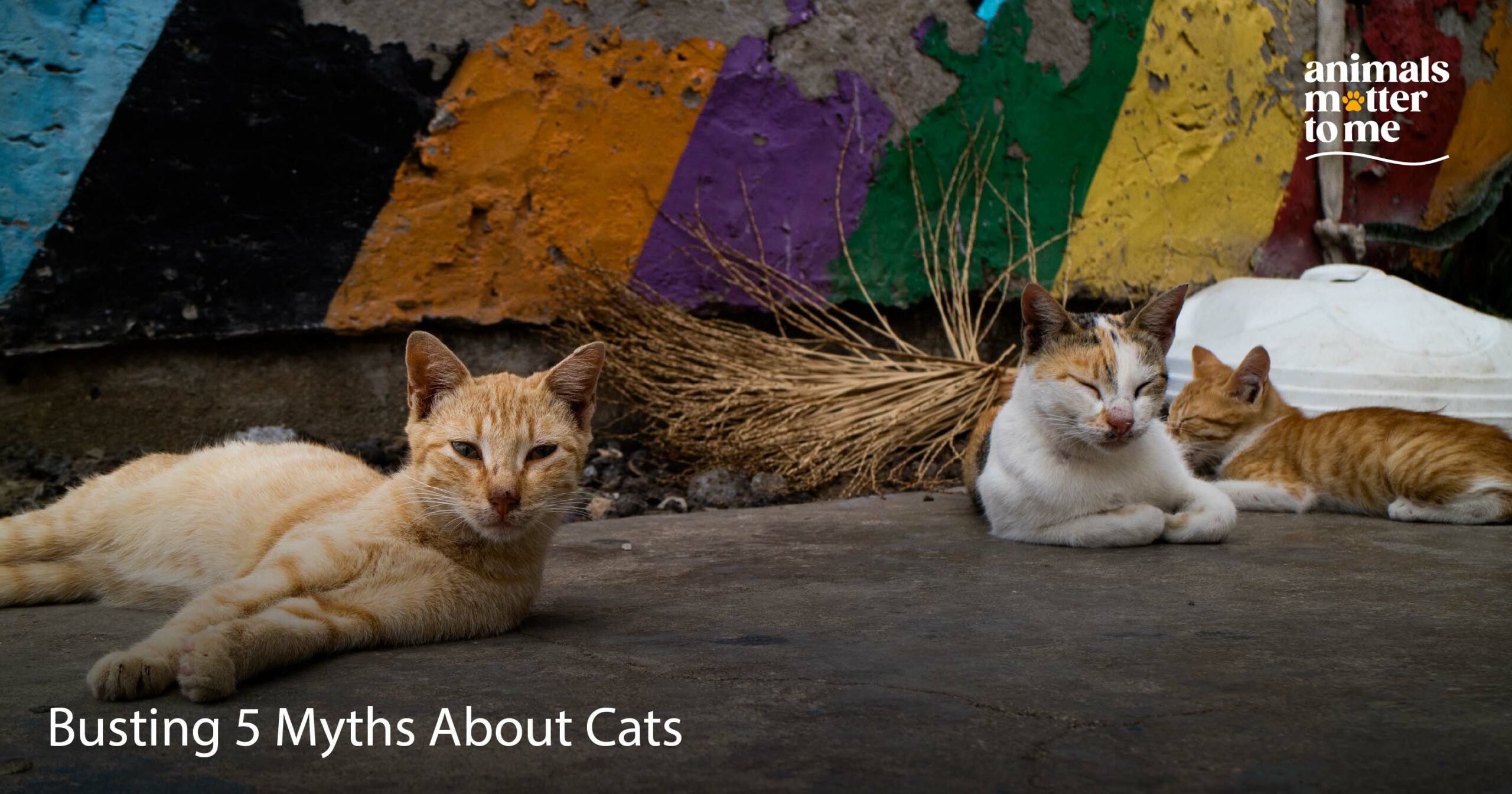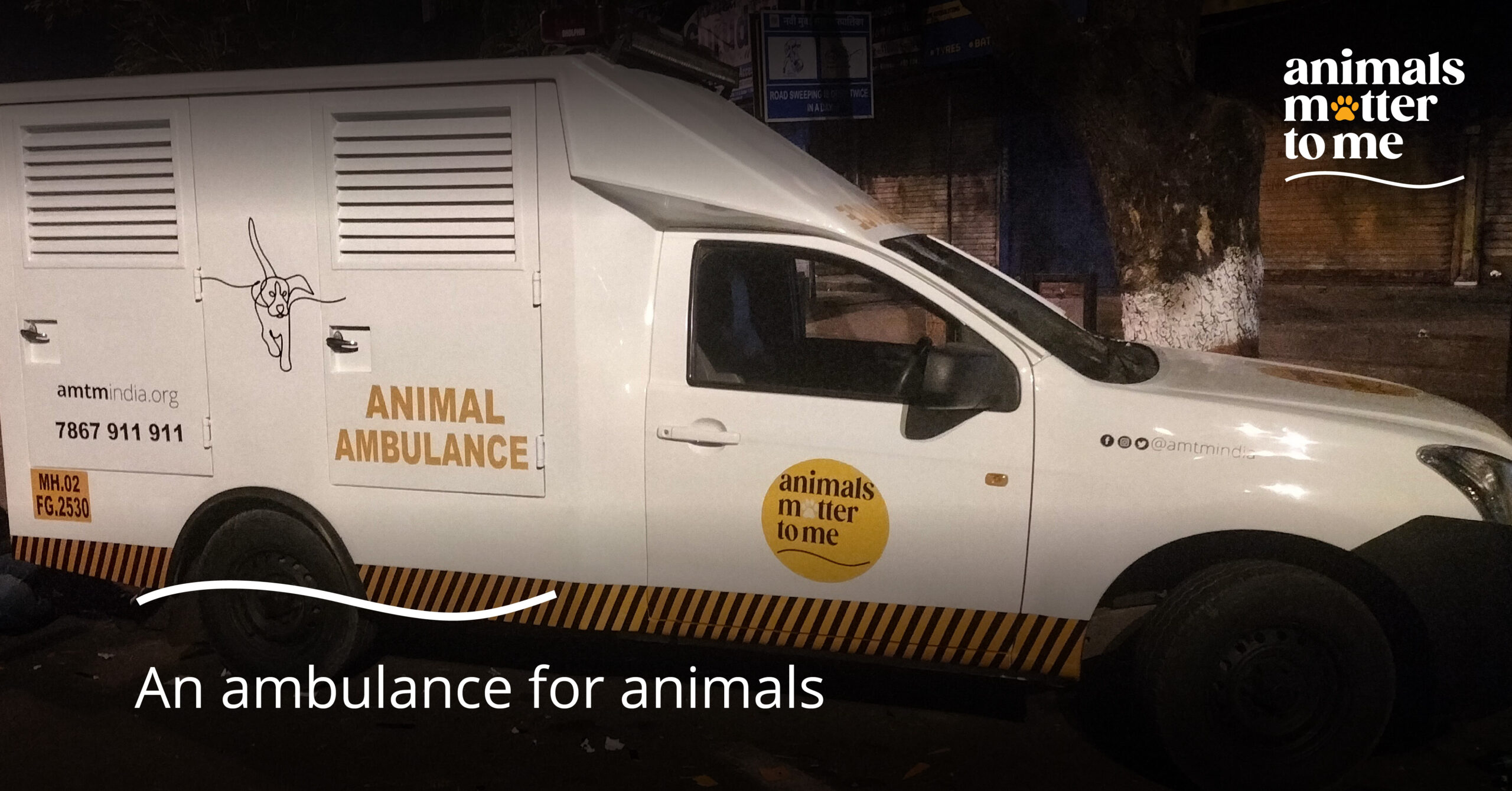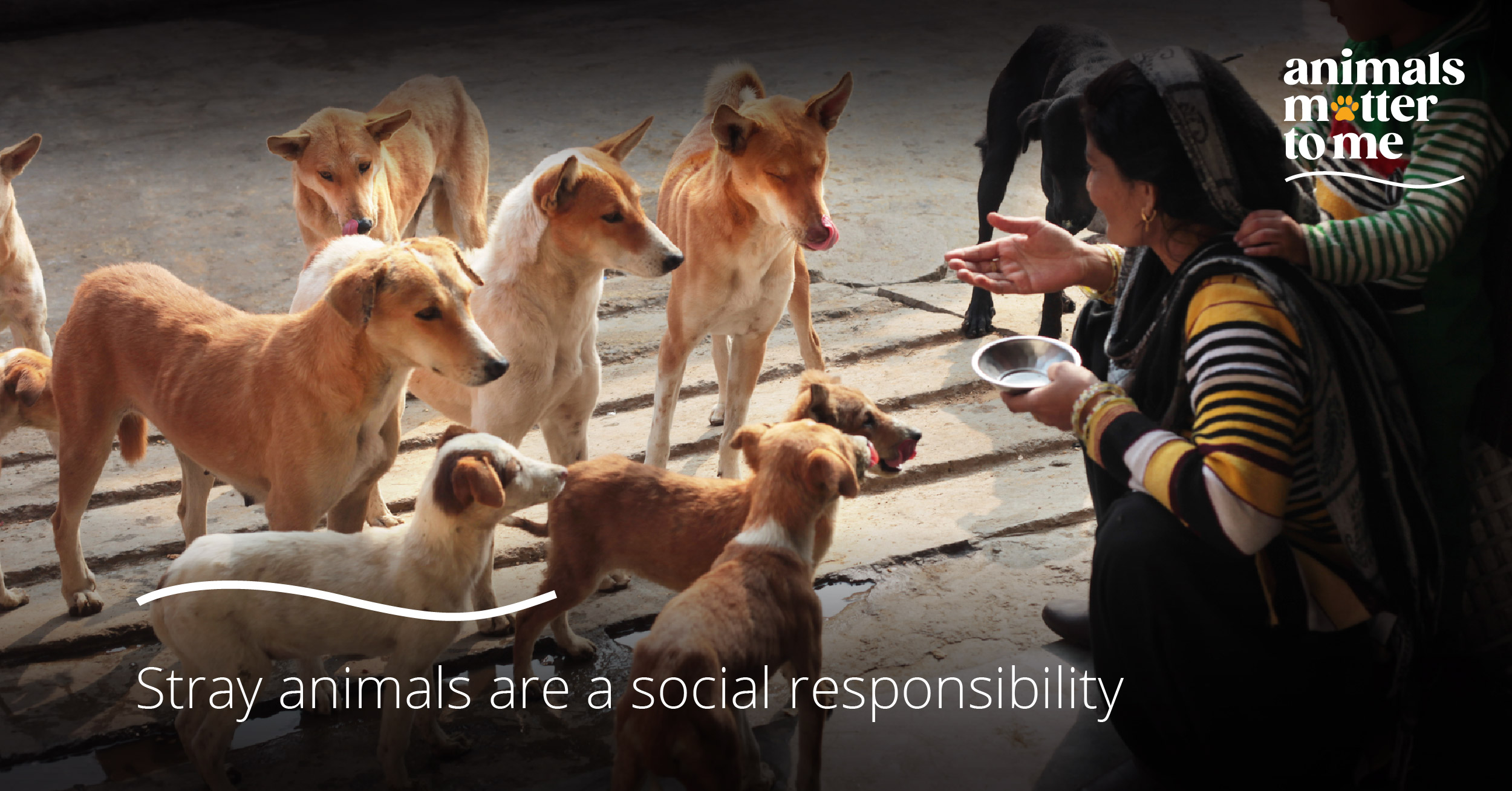Even though cats are one of the most popular pets in the world, there are several misconceptions surrounding them. Some myths about cats are quite harmless but some can be dangerous for them, as people treat cats differently based on their beliefs.
Today, we are going to unmask 5 common misconceptions about cats that may help you and them alike
- Black cats are unlucky
In some countries, black cats are considered unlucky, while in others, they are said to bring good fortune. In most of Europe and the US, the presence of a black cat is considered to mean bad luck while in Japan, it is thought to be a good omen if a black cat crosses your path. In Germany, it depends on which direction a black cat walks before you. Left to right means good times ahead, but right to left means the opposite. Indians believe that the black colour is inauspicious and thus attach the stigma to the animal. Black cats have been the subject of myth and folklore for centuries and it’s high time we give up this baseless superstition.
- Cats always land on their feet
Cats have an inbuilt balancing system called the “righting reflex” that allows them to orient themselves and land on their feet. But while cats are often able to land the right way up, it’s not always the case. The height of the fall can affect their ability to land safely. Our hospital has treated many cats who have fallen from heights and gotten severely injured, sometimes succumbing to their injuries. Letting go of this assumption may help us save many lives.
Read about the righting reflex and its implications in detail
- Cats can see in complete darkness
Cats are unable to see in total darkness, any more than humans can. But compared to humans, they do have better vision in low levels of light. Their eyes let in far more light than ours, for a number of reasons. The corneas in a cat’s eye are much thinner than in humans and their irises open far wider, both of which allows more light to enter. The retinas at the back of their eyes also have more rods, which are responsible for magnifying light impulses.
- All cats have an aversion to water
This is one of the most popular idiosyncrasies attributed to cats. However, this isn’t true of all felines as some breeds are known to enjoy playing in water. Behaviourists believe that most cats dislike water because their fur doesn’t dry very quickly, which can leave them feeling uncomfortable and possibly cold. The weight of the water is also likely to weigh the usually-agile animal down. However, many cats seem to enjoy playing with running or dripping water that comes out of a tap. It is believed cats are drawn by the movements of the water and the sounds it makes, all of which can stimulate a cat’s instinctual drive to catch prey.
- Cats and dogs are mortal enemies
Dogs are naturally curious creatures while cats are independent, choosy animals and it’s this dynamic that has given rise to this myth in the first place. When a dog sees a cat running away from him, his first instinct is to run after her, which scares the cat, further validating the belief. However, dogs and cats can get along just fine as long as they are properly introduced and socialised.
Once you separate fact from fiction, you can help your feline friend live a healthy and contented life. And don’t worry about their mysterious ways; they’ll always be adorably




